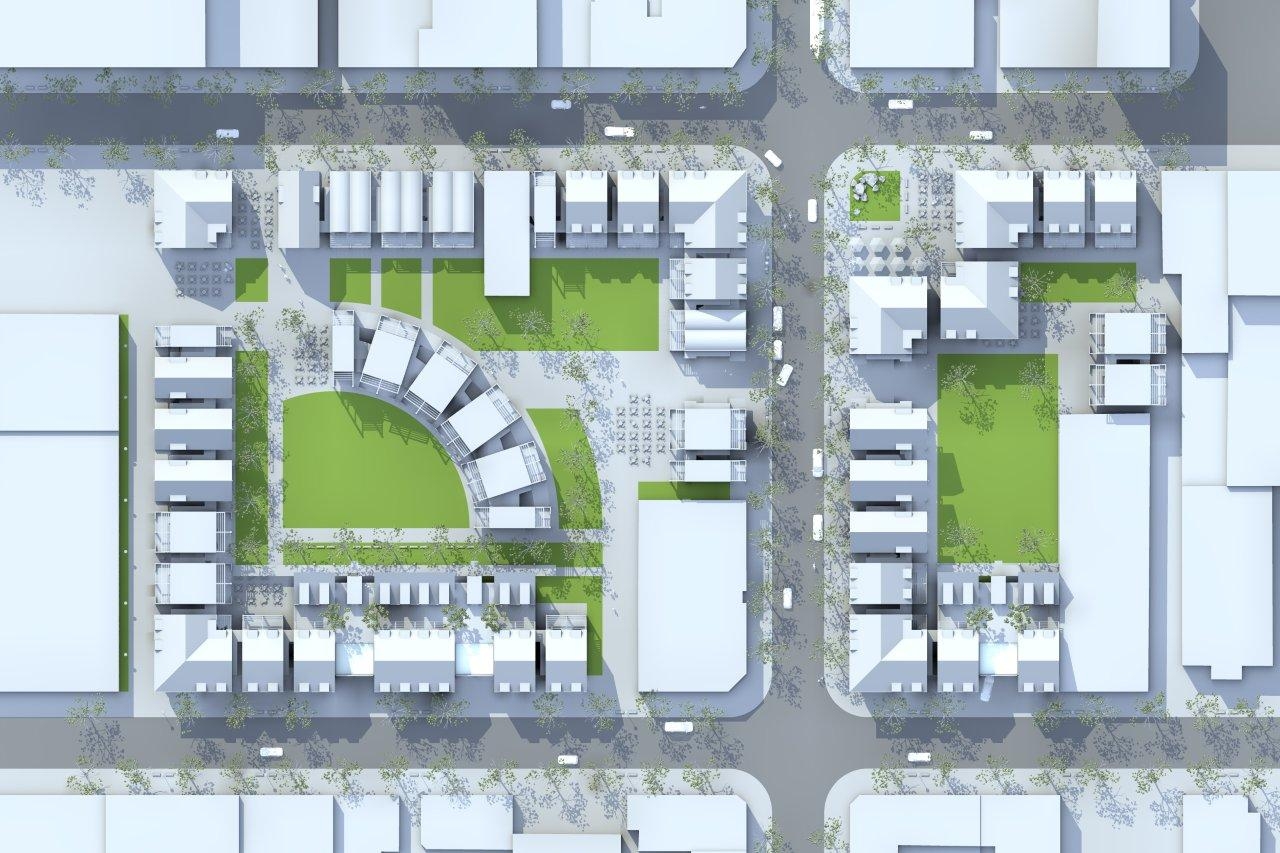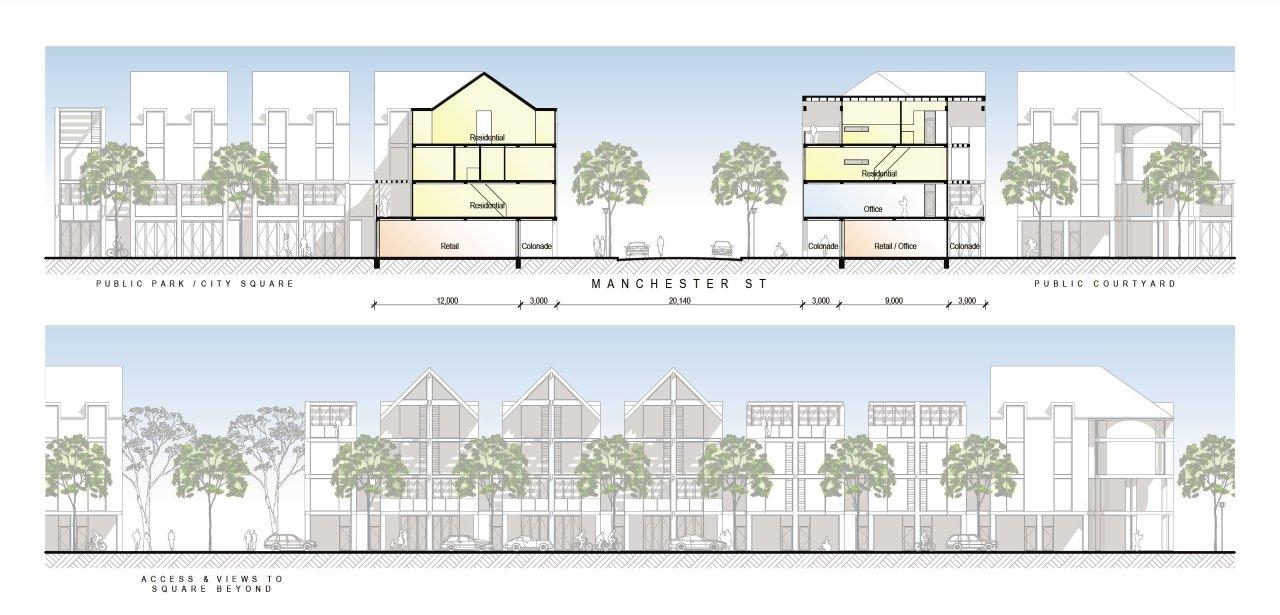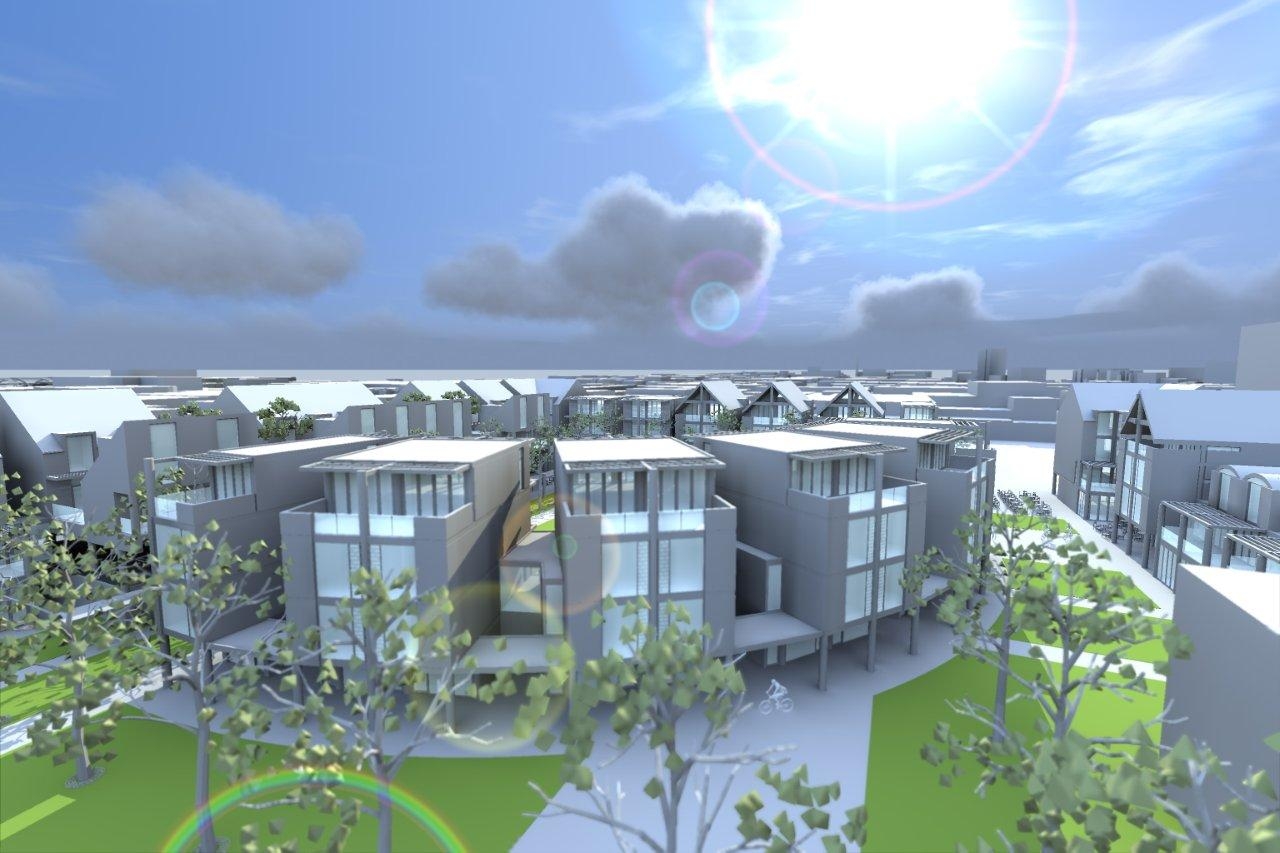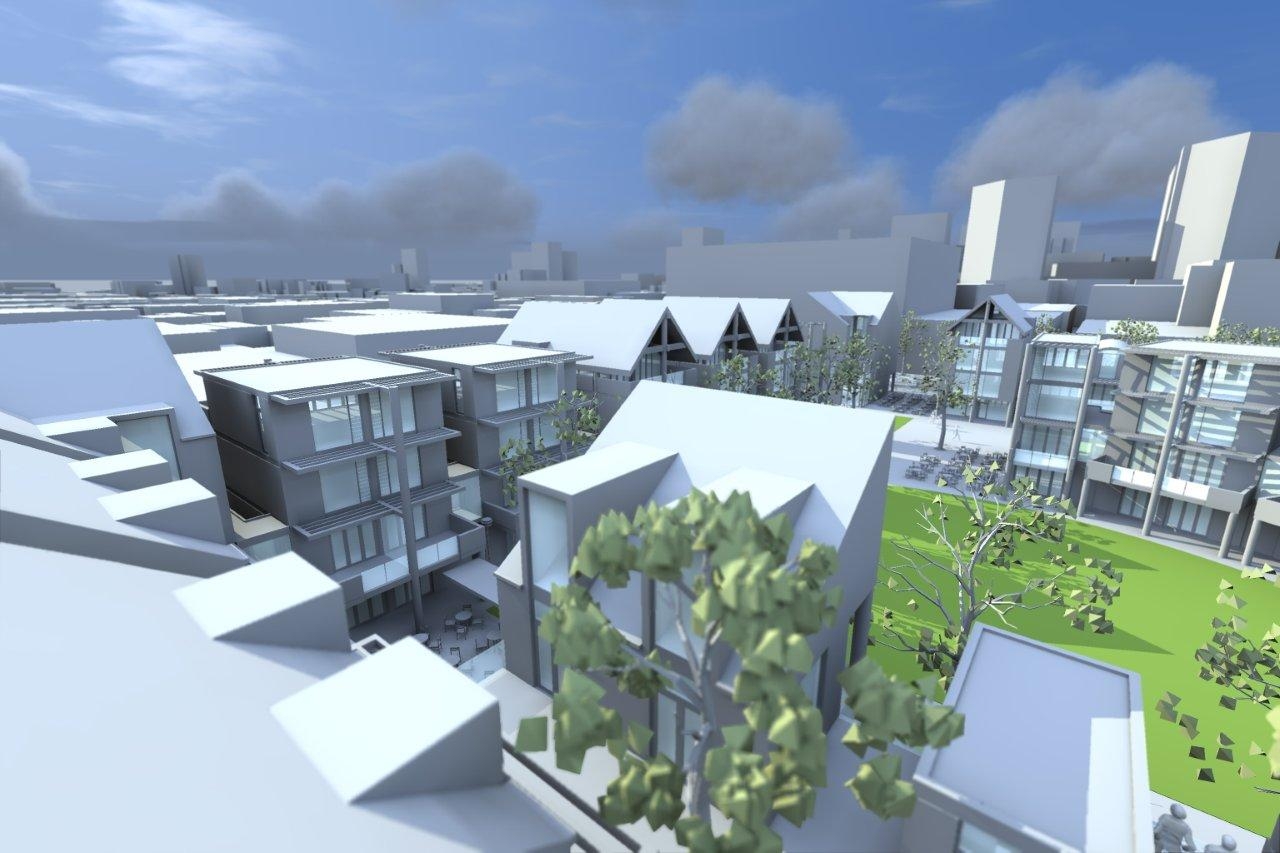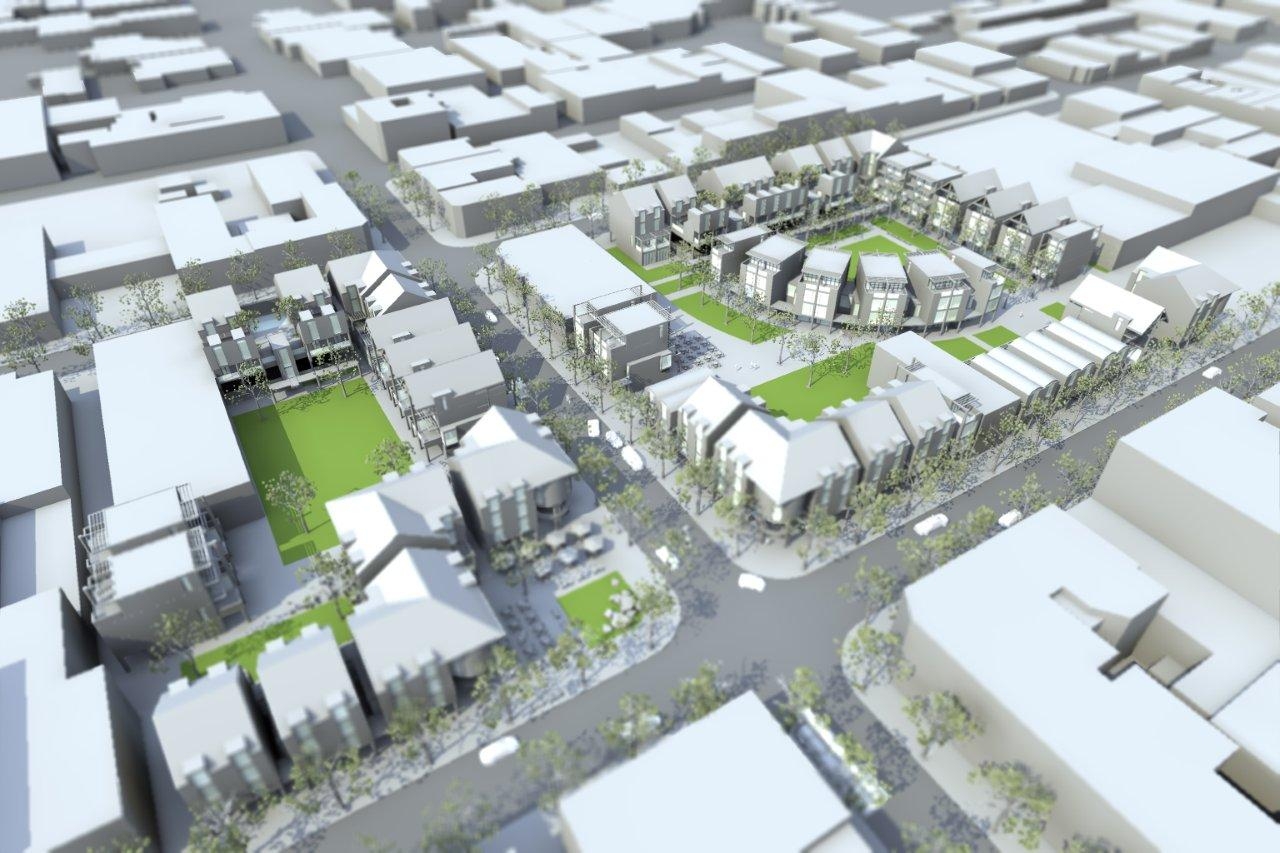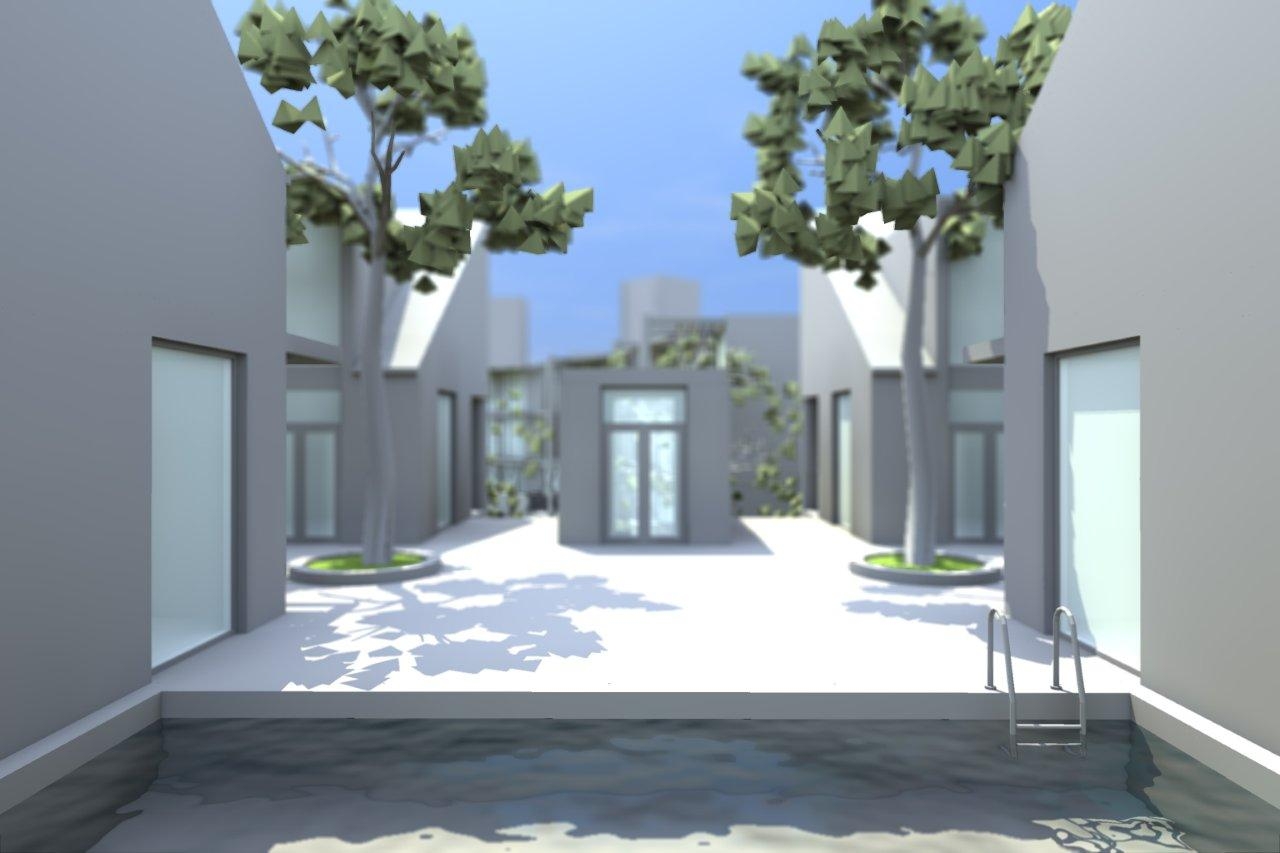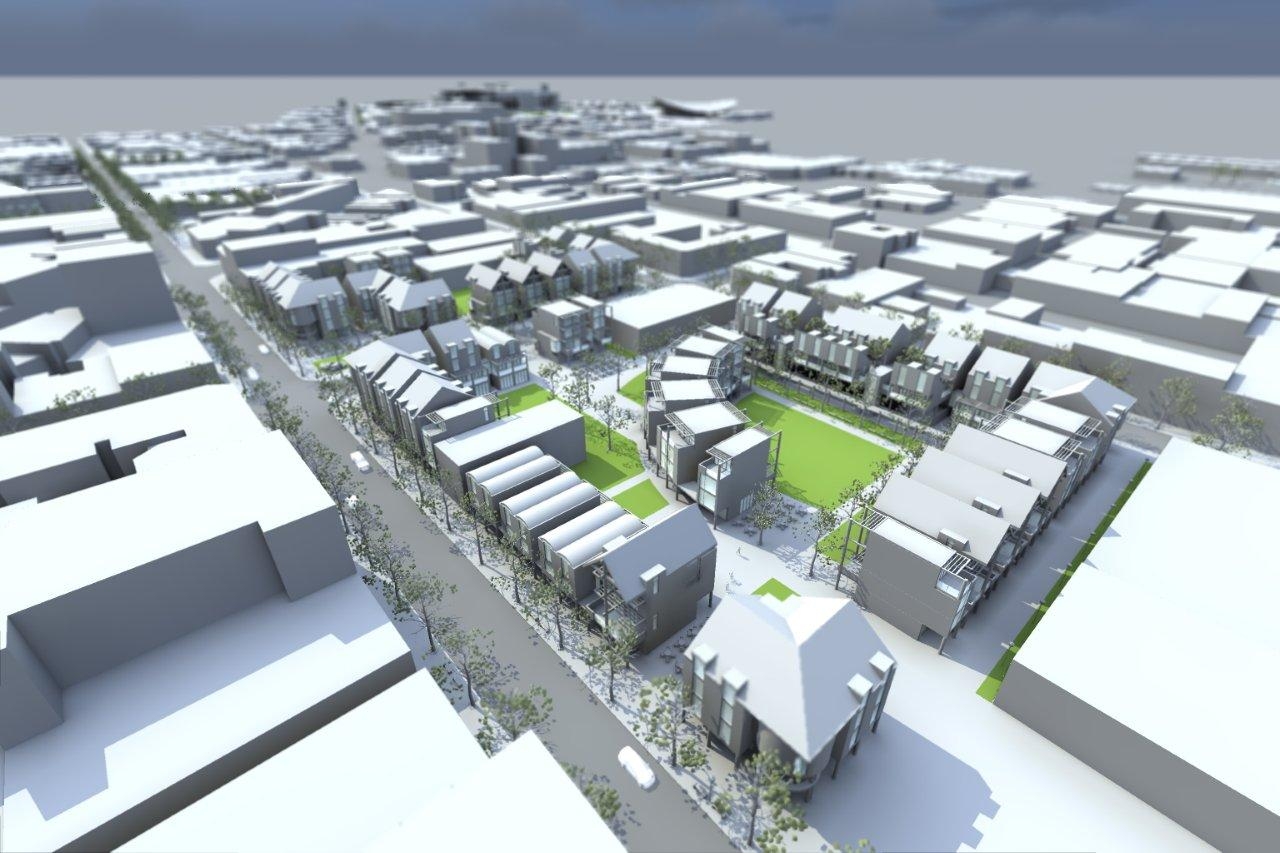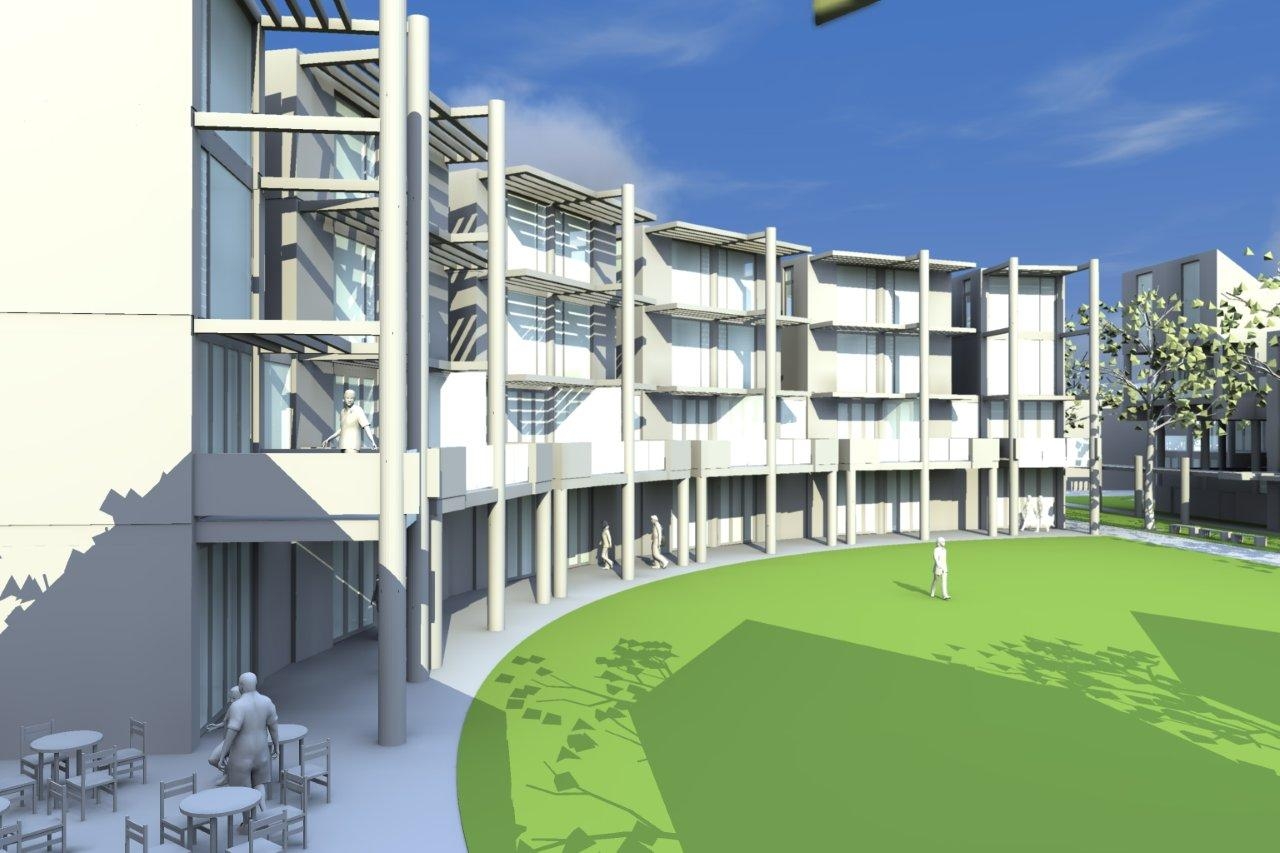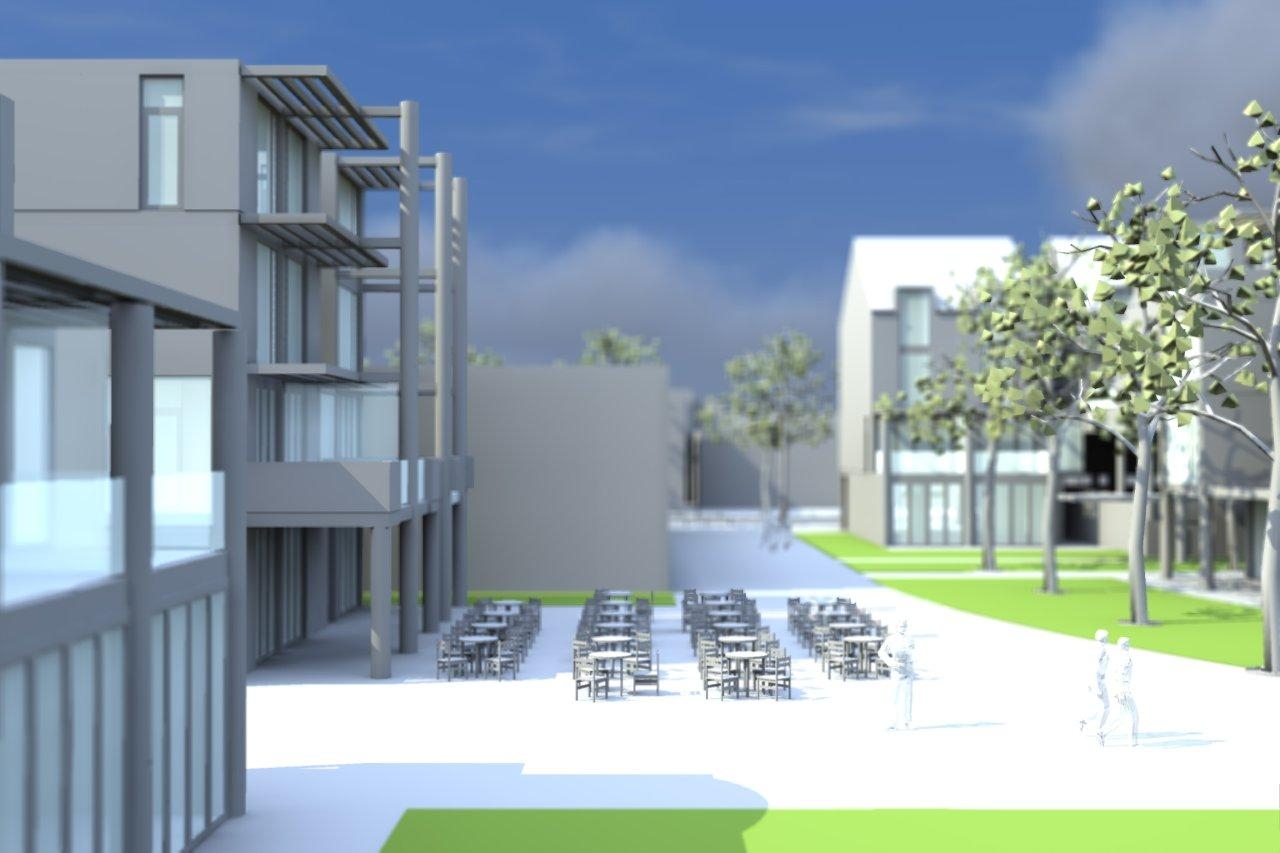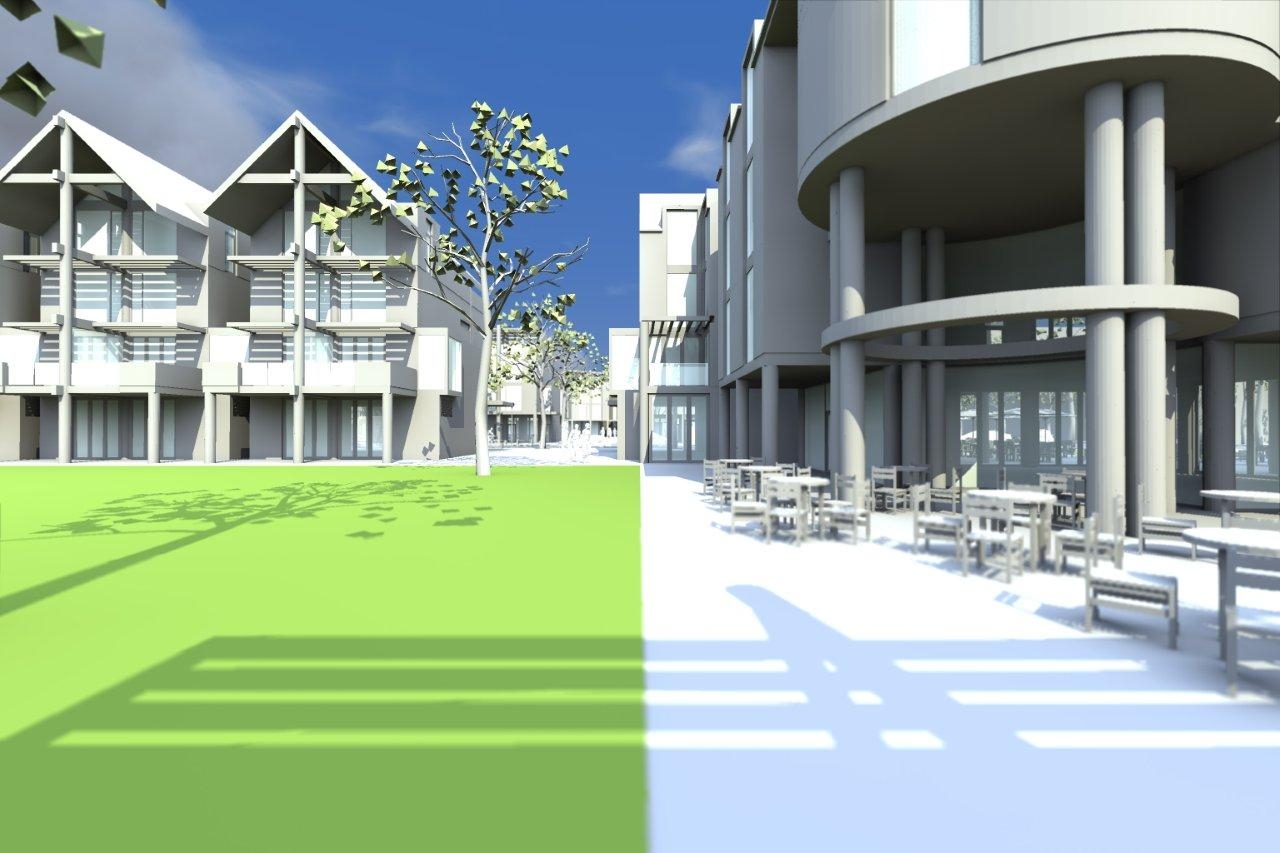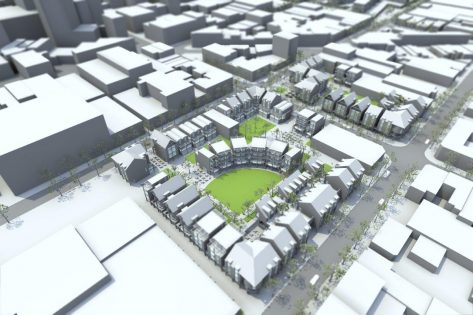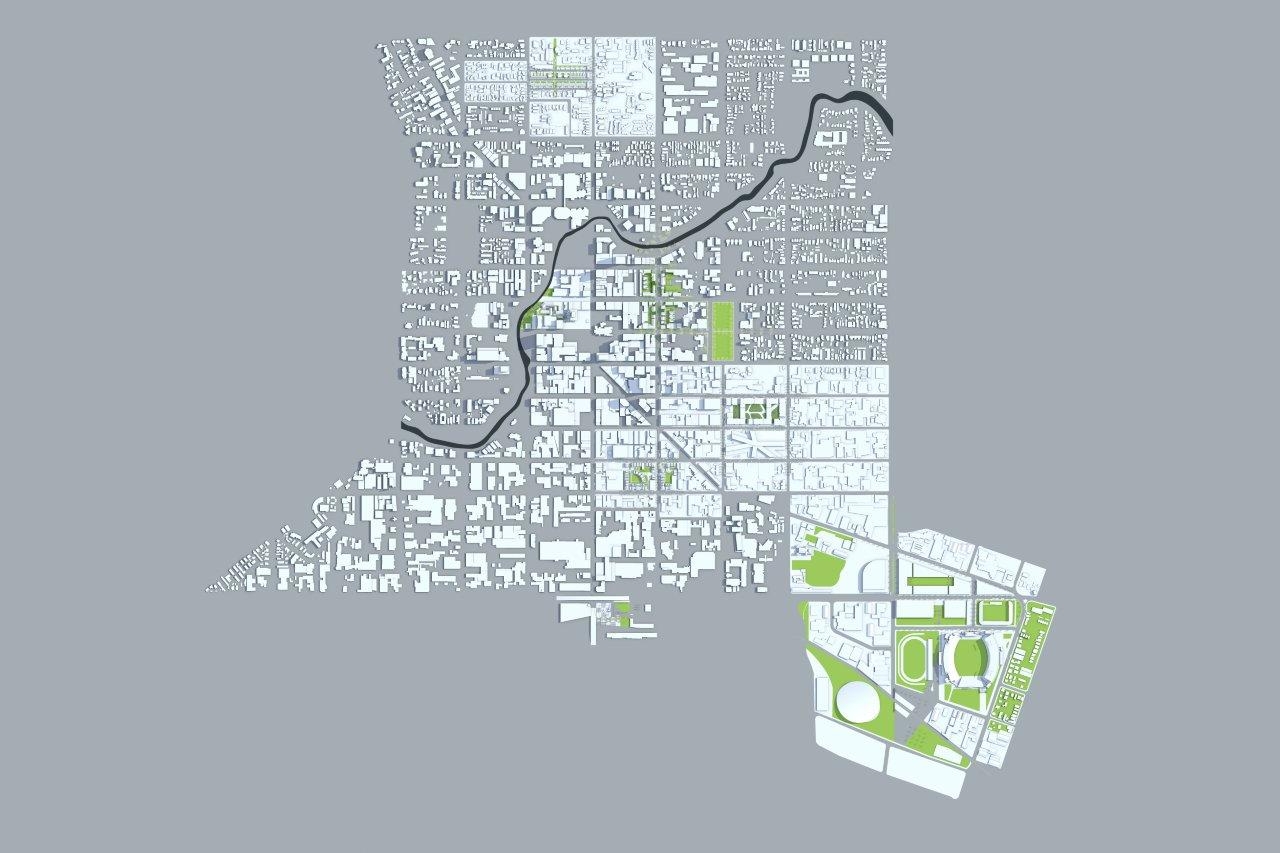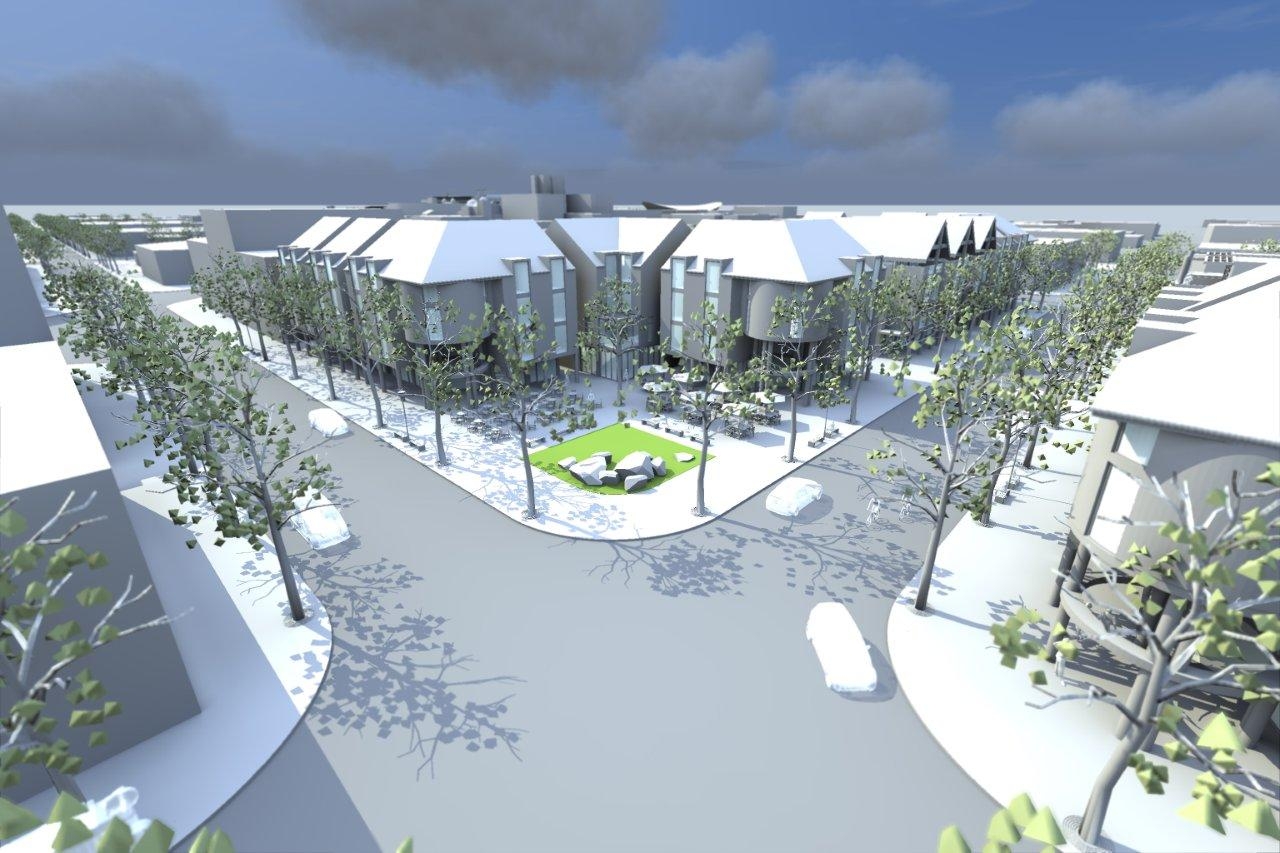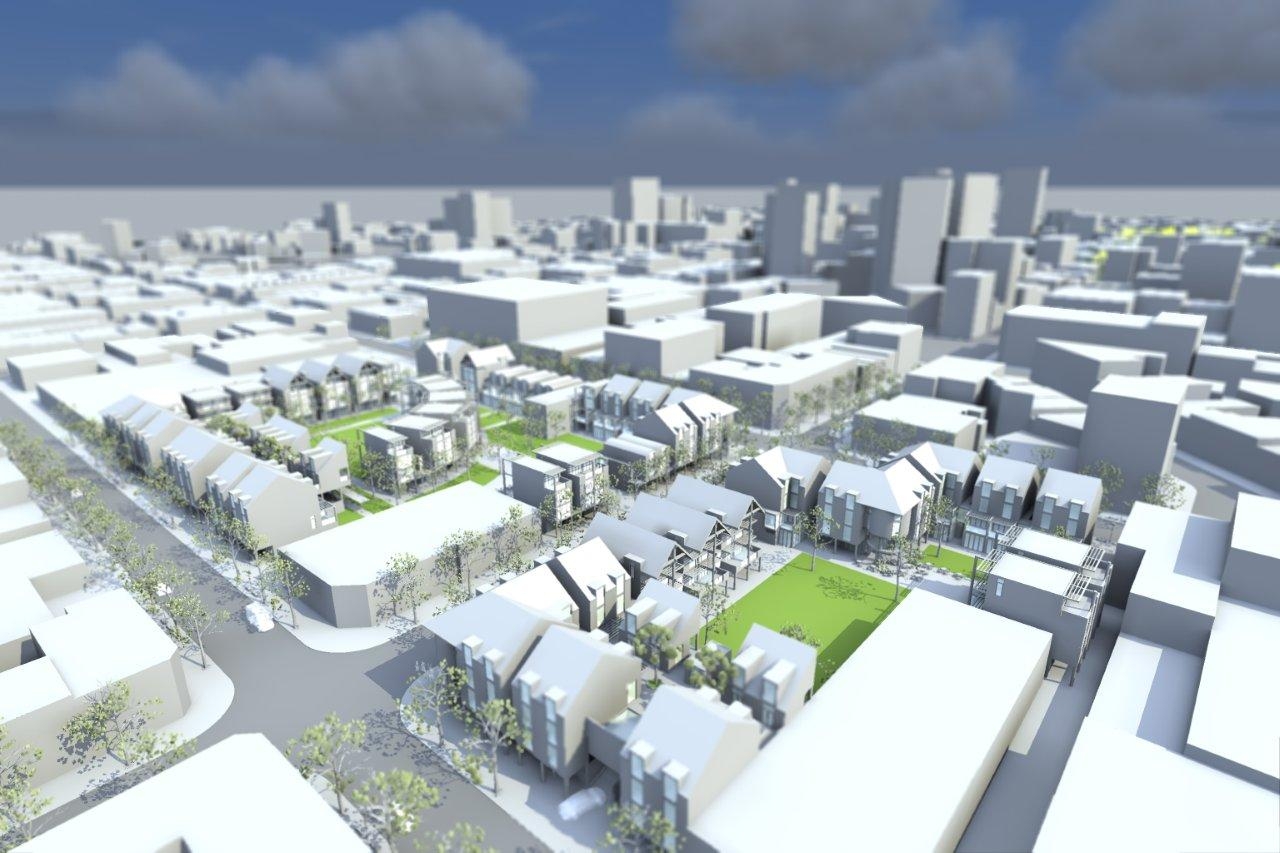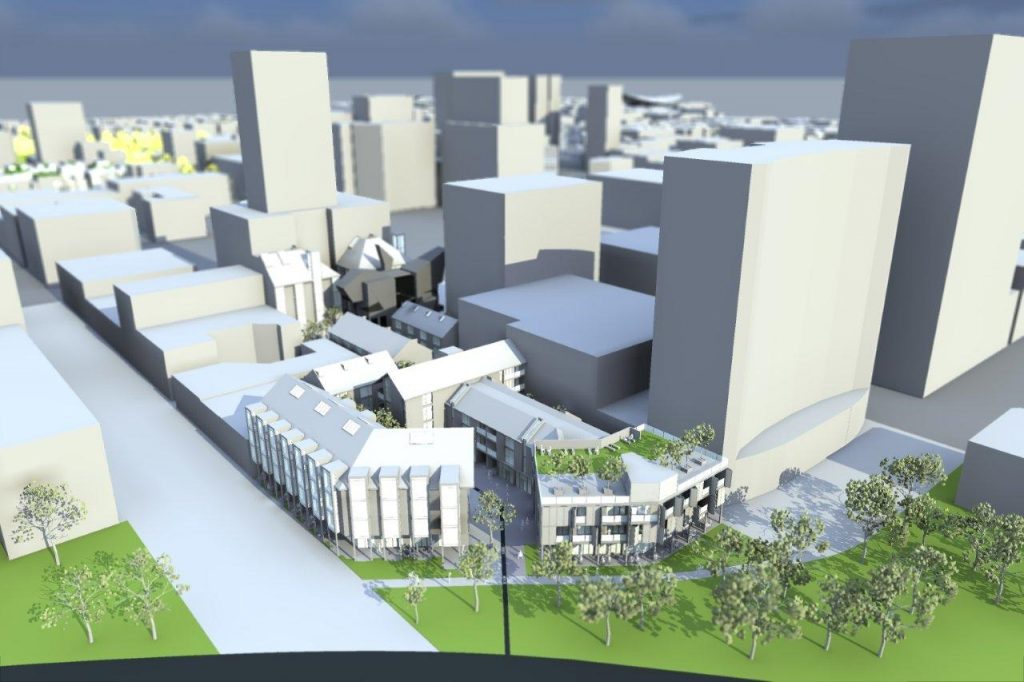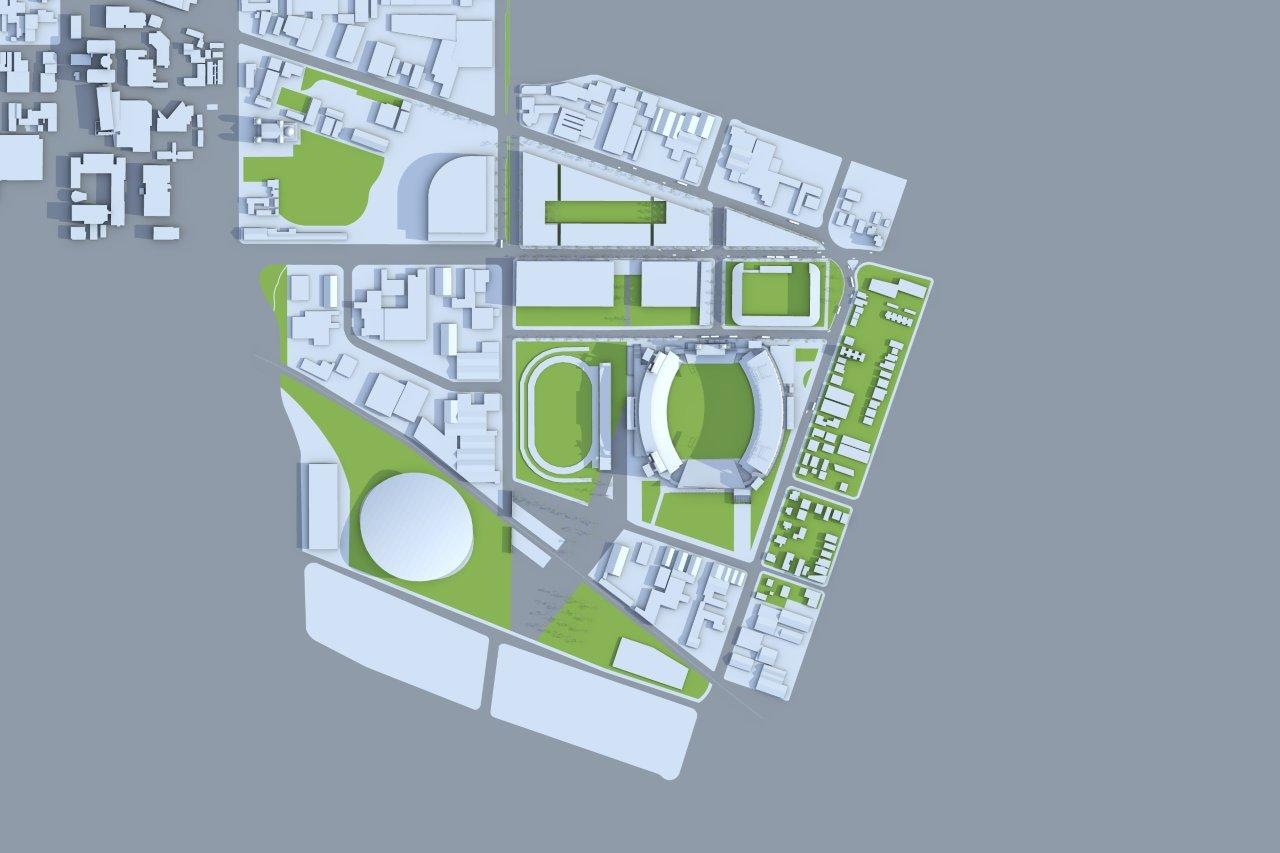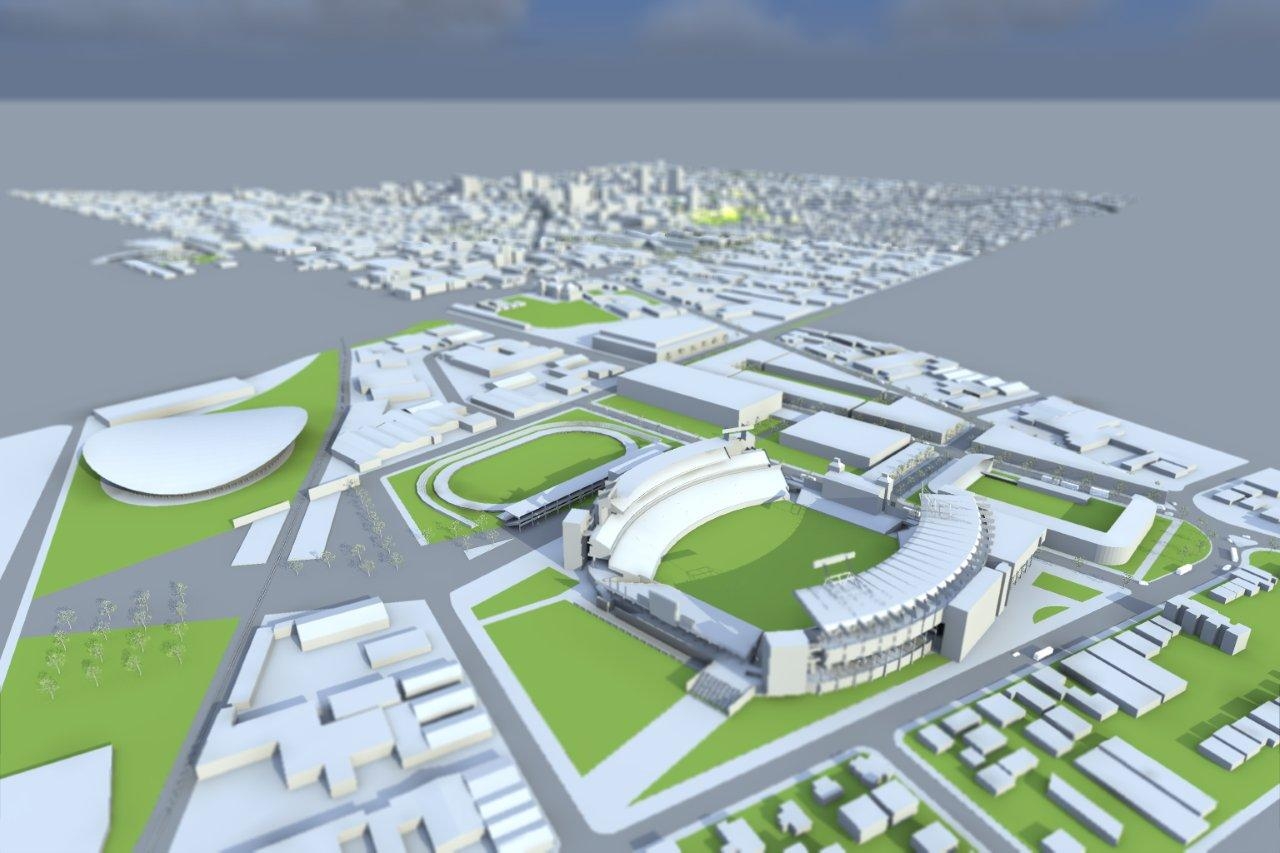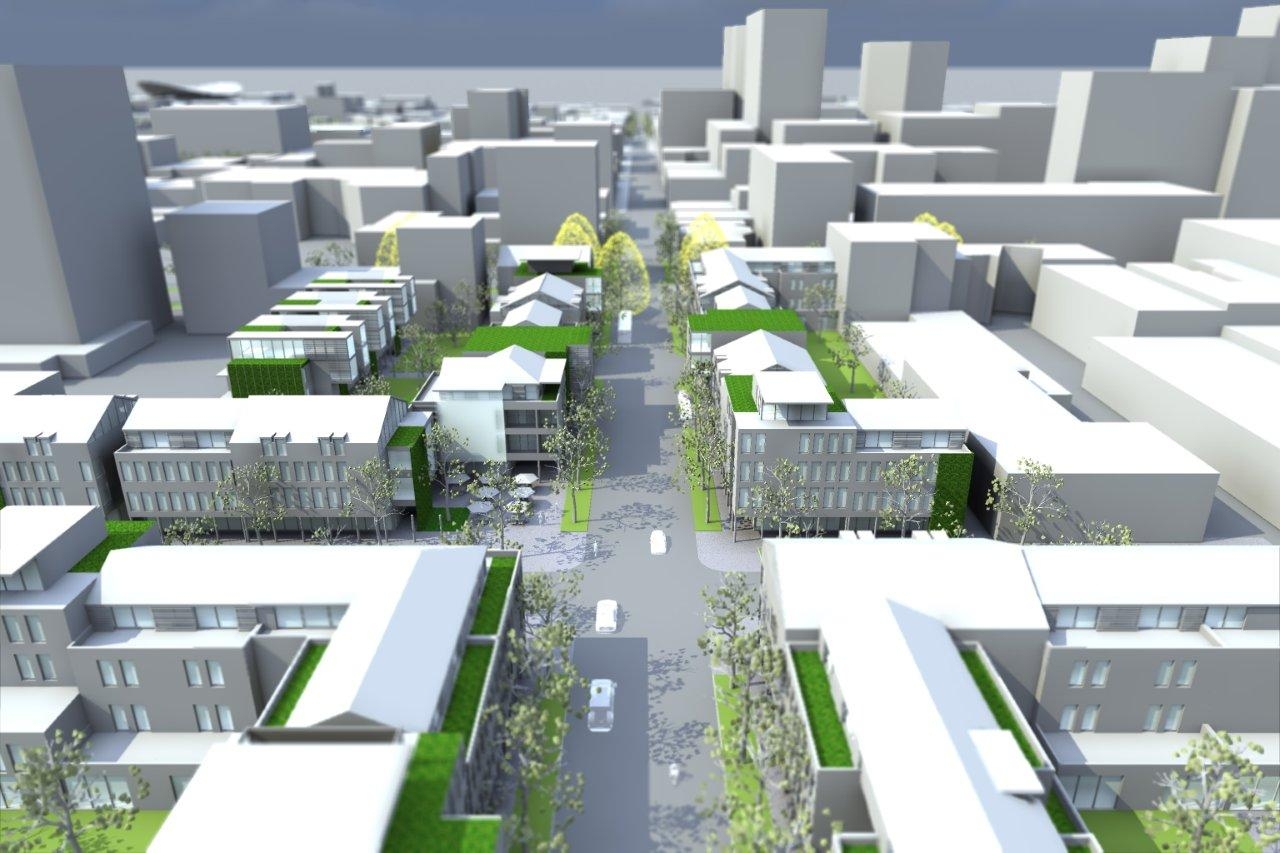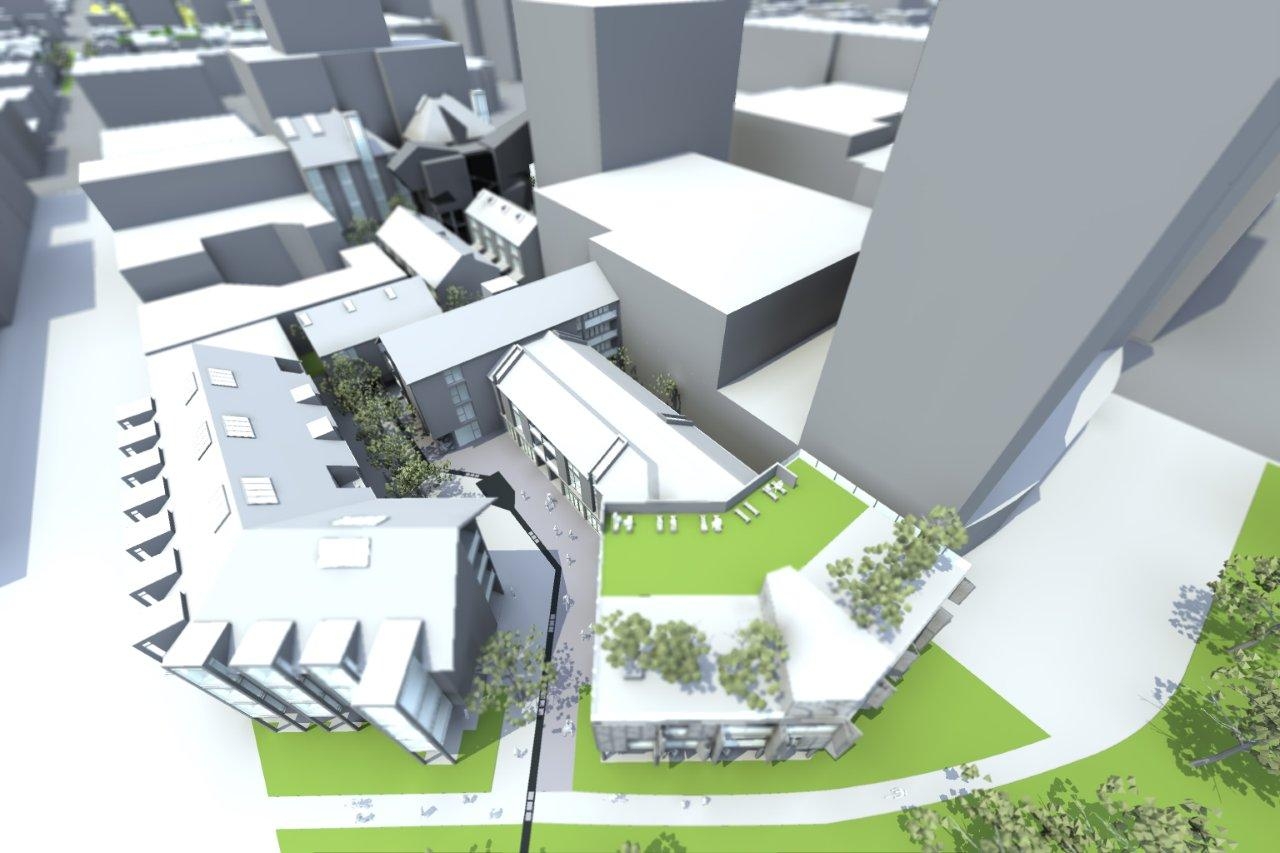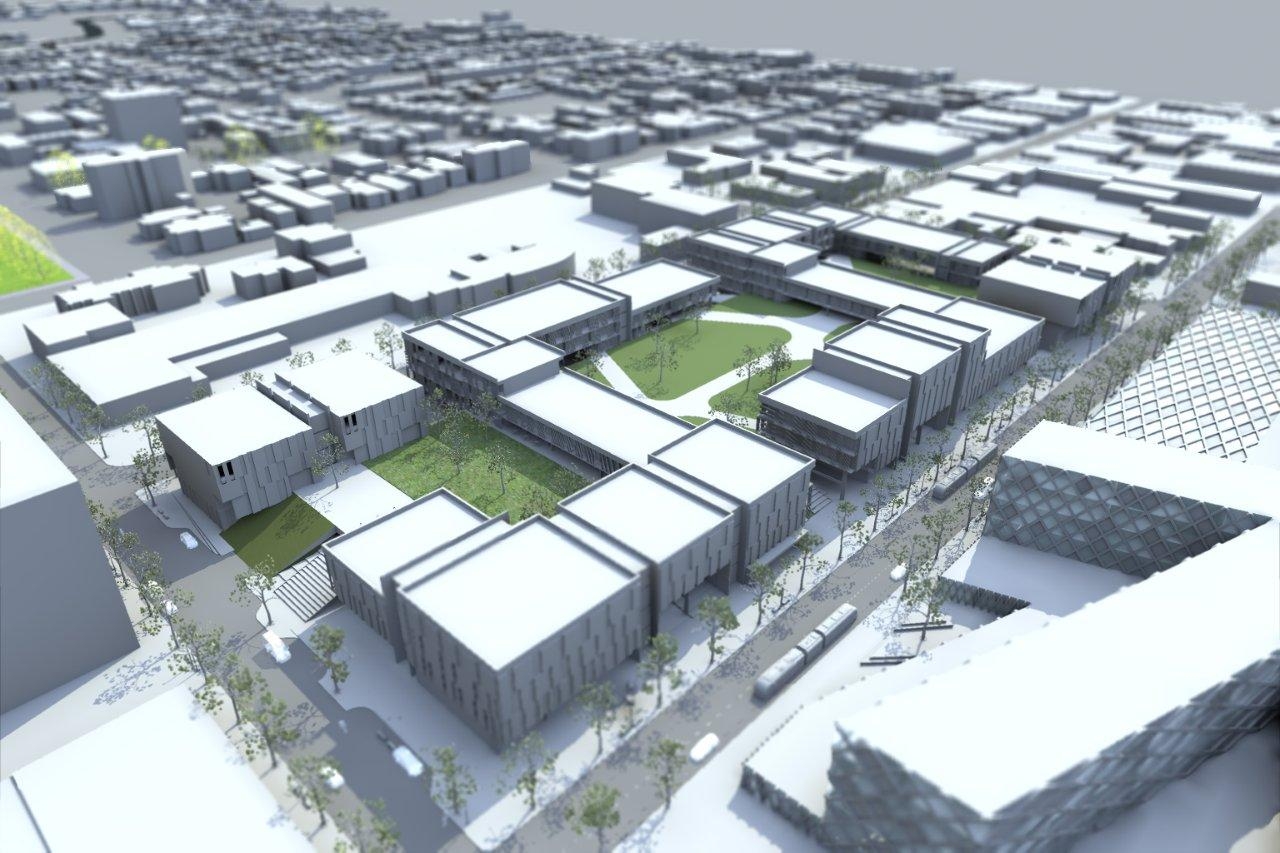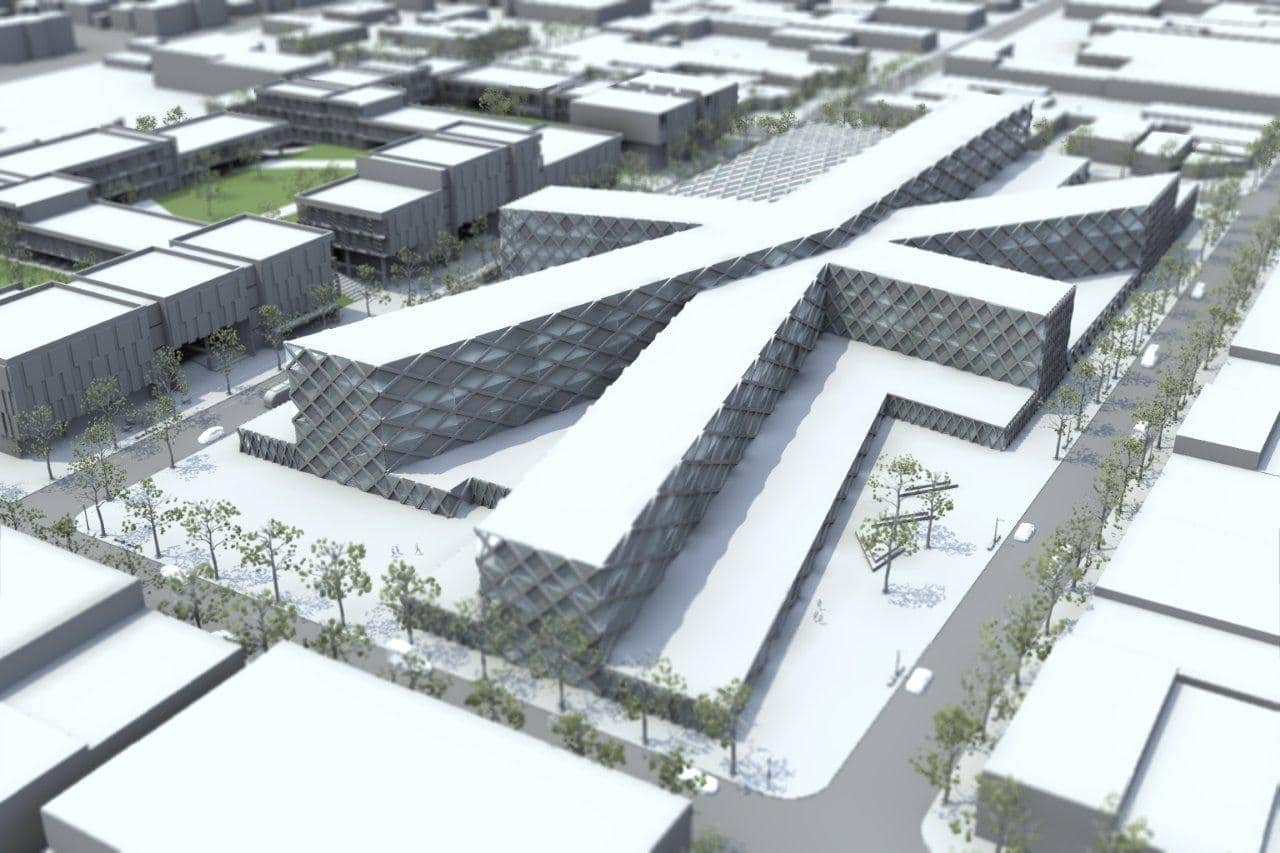Project: Submission to Government and the Christchurch City Council
Client: New Zealand Institute of Architects
As a response to the 2010 & 2011 earthquakes that levelled most of the Christchurch CBD, a good number of the city’s architects volunteered to work together and propose a way forward for the city, at a time when it’s ongoing economic and cultural viability and relevance as a major urban centre was very much at risk. My role was to help capture and articulate the thinking of the group in graphical and written form.
This was accomplished by having small groups collaborating to address and model indicative developments on case study sites around the city that would illustrate the some of the precinct-based urban design principles we were proposing (to the extent each group had BIM modelling capability).
I would act as model manager for this process, translating and tweaking the models from various platforms as required for completeness and visual consistency, while also designing and modelling one precinct case study development myself (in collaboration with Sir Miles Warren). I then inserted these case study models into a context model I had previously prepared of the whole CBD, rendering the results. Each group prepared written material explaining their proposals and the principles and opportunities it was illustrating.
I collated and edited these, using them and the rendered illustrations as a basis for a written submission on behalf of the New Zealand Institute of Architects proposing a series of measures and principles to guide a design-led rebuild for the city.
It was gratifying that some aspects of our thinking (particularly around the use of urban design precincts, laneways and consistent building heights) were subsequently implemented by Council and government as official policy (via CERA), though with little official acknowledgement or dialogue with us at the time.
Regrettably many ideas that we felt offered great potential disappeared without a trace, though those that survived are now taking physical form as our new city slowly emerges from the wasteland.

